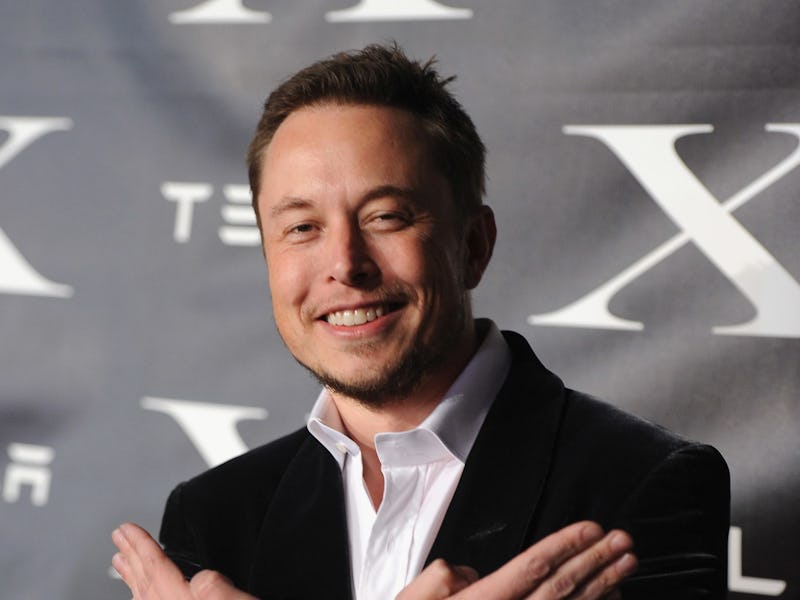
What’s Elon Musk doing on a Friday Night? Taking requests from Tesla customers, apparently.
If you’d forgotten how revolutionary Tesla’s approach to auto manufacturing is, an exchange that went down on Twitter Friday night is a pretty good reminder.
A customer tweeted that he was having trouble with the steering wheel’s position once in park. “Can you guys program the car once in park to move back the seat and raise the steering wheel? Steering wheel is wearing,” Paul Franks asked Musk.
In response, Musk replied he would add that feature to an upcoming software release. Because why not.
It’s a simple request right? Seemingly, but if you break down this interaction for a second, what’s unusual — other than Musk tweeting back “yeah sure,” to a stranger — is how the exchange exemplified how all existing Tesla models can be easily updated via a simple software install.
Tesla had been utilizing over-the-air (OTA) software since 2015, and it’s big for a number of reasons. One, a Tesla consumer doesn’t have to buy a brand new model to get new and improved technology. It’s a smart strategy for production that aligns well with Musk’s other ventures. Much like SpaceX’s efforts to create reusable Falcon 9 rockets, this technology employed by Tesla means that better cars don’t necessarily mean making more cars, it can be about improving the ones that already exist.
It also just opens the door to improving vehicle performance simply through code. As Tesla’s autopilot technology — as well as government regulation — evolves, vehicle innovation will become as easy as updating an iPhone.
It’s taken other car manufacturers a long time to catch up to Tesla. In May, Ford announced it would begin offering OTA updates, via Android Auto and Apple CarPlay in Sync 3-equipped 2016 vehicles. General Motors announced back in July that it was planning on rolling out OTA software updates before 2020.